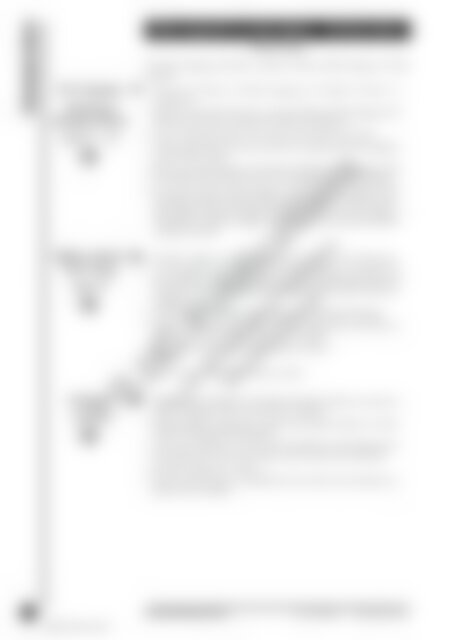RIC-0667 Aboriginal Cult 5-6
You also want an ePaper? Increase the reach of your titles
YUMPU automatically turns print PDFs into web optimized ePapers that Google loves.
Communication<br />
Two Languages<br />
My Book of<br />
<strong>Aboriginal</strong> Words<br />
(pages 57 – 58)<br />
Different Words,<br />
Same Thing<br />
(page 59)<br />
Languages<br />
(page 60)<br />
<strong>Aboriginal</strong> Languages – Extension<br />
Teachers Notes<br />
The Diyari language used below is spoken at Maree and Port Augusta in South<br />
Australia.<br />
• Greet your students in another language; for example, ‘bonjour’ or<br />
‘konnichiwa’.<br />
• Explain to the students that you are using words from another language. Tell<br />
them what they mean. (‘Good day’ in French and Japanese.)<br />
• Say the words again and have the students repeat them several times.<br />
• Tell the students where the words come from, and explain that these languages<br />
are from other cultures.<br />
• Write some cultural groups on the board, including <strong>Aboriginal</strong> people. Tell<br />
the students these cultures have their own language but also speak English.<br />
• Look at the worksheet ‘Two Languages’ on page 57 and the template for the<br />
mini-book on page 58. Discuss and complete together. To make the minibook<br />
students can choose words and pictures to copy (or cut) from page 57.<br />
The booklet is made by folding in half lengthwise and concertina folded<br />
along the solid lines.<br />
• Introduce a puppet to the students, which you will use to convey information.<br />
• Use the puppet to tell students about the different cultures in Australia and<br />
how each culture has its own language. Focus on the <strong>Aboriginal</strong> culture and<br />
tell students that many <strong>Aboriginal</strong> people speak English as well as their own<br />
languages.<br />
• Students may ask the puppet questions about the <strong>Aboriginal</strong> languages.<br />
• Puppet should inform the students that some things have more than one<br />
word to name or describe them. Give some examples.<br />
• Discuss the worksheet and complete with the students.<br />
Answers<br />
1. stick 2. pants 3. dish 4. lady 5. eraser 6. shrub<br />
• Write the word ‘language’ on the board. Encourage students to name some<br />
different languages, such as Greek, French, Italian etc.<br />
©R.I.C. Publications<br />
Low Resolution Images<br />
Display Copy<br />
• Display a globe or world map to students and, together, indicate on it where<br />
each of the languages listed originates.<br />
• There may be students in your class who have different cultural backgrounds.<br />
Encourage them to share some of their culture with the rest of the class.<br />
• Distribute magazines to students.<br />
• Students look for pictures of people from other cultures in the magazines to<br />
glue onto the worksheet.<br />
56 Australian <strong>Aboriginal</strong> <strong>Cult</strong>ure R.I.C. Publications www.ricgroup.com.au<br />
ISBN 978-1-86311-807-1


















